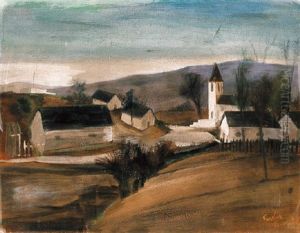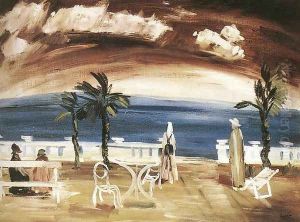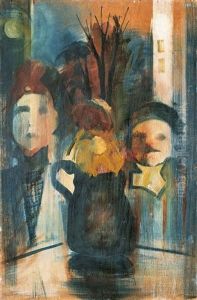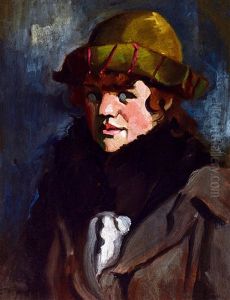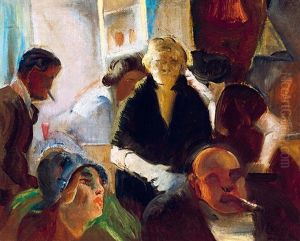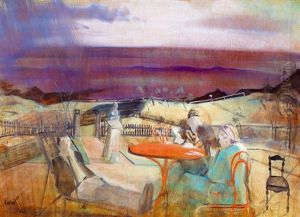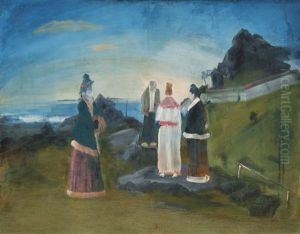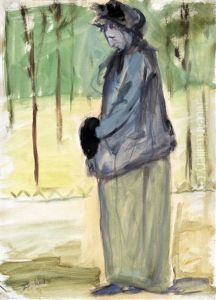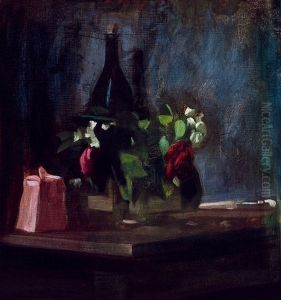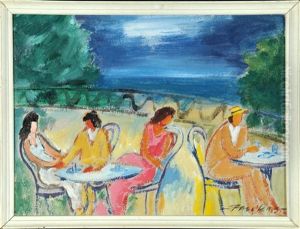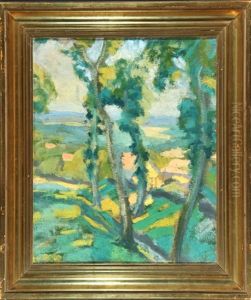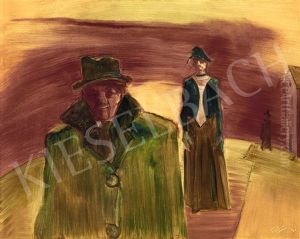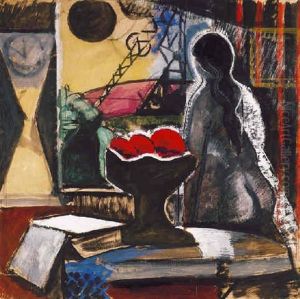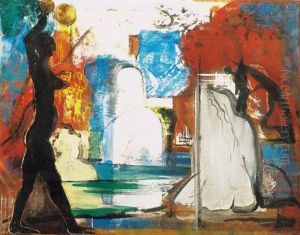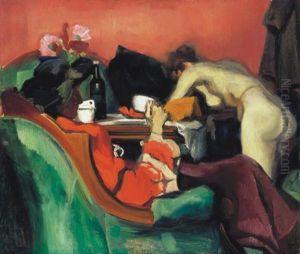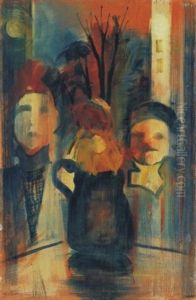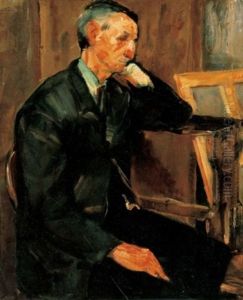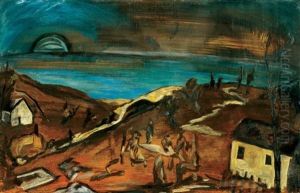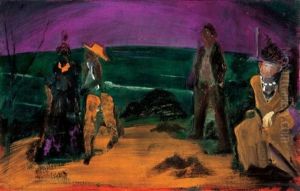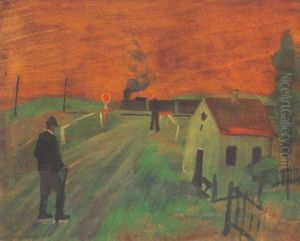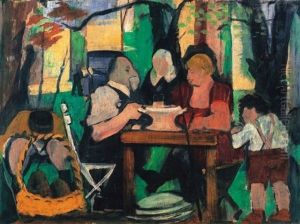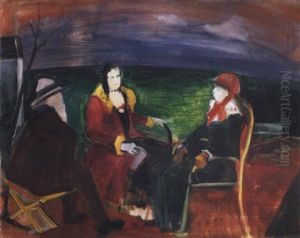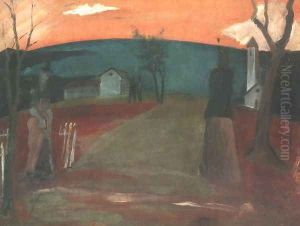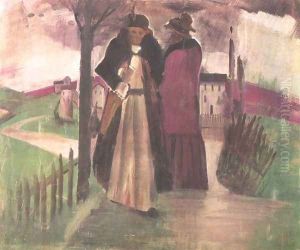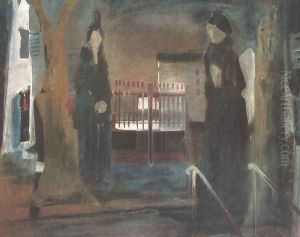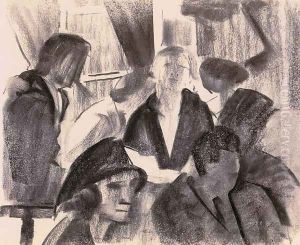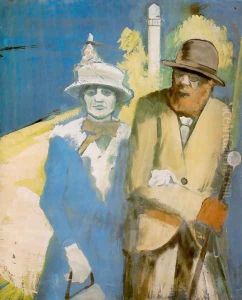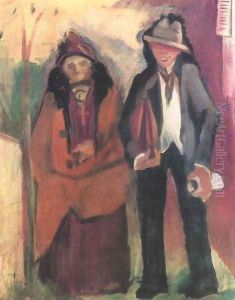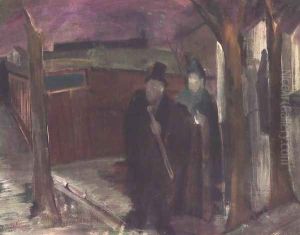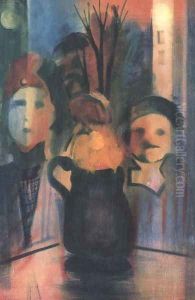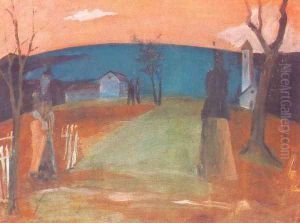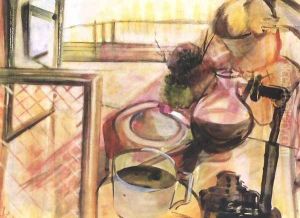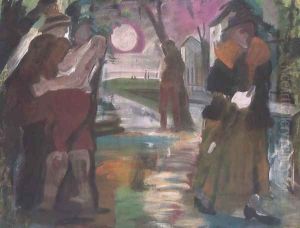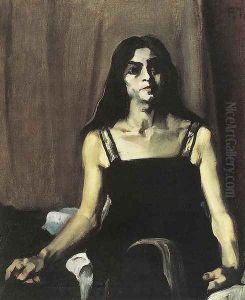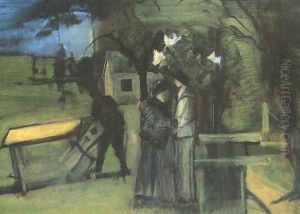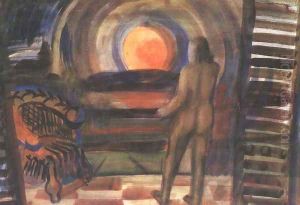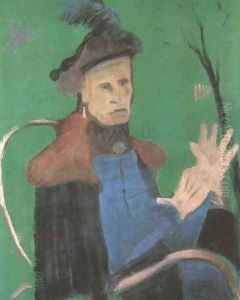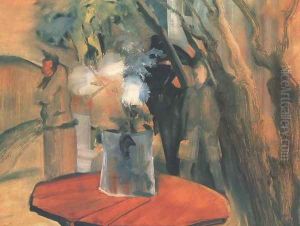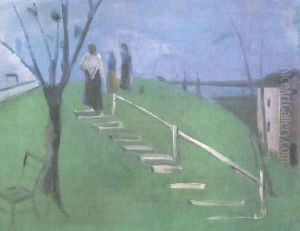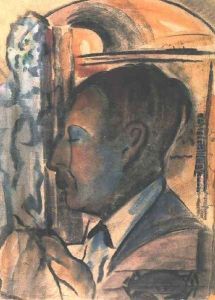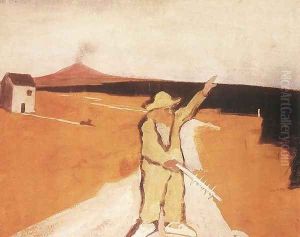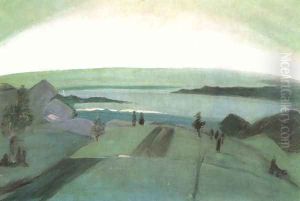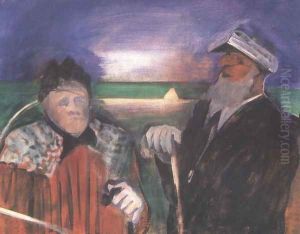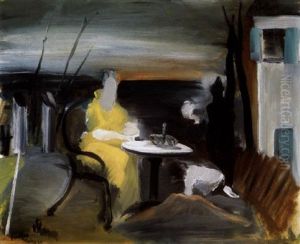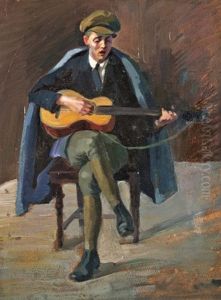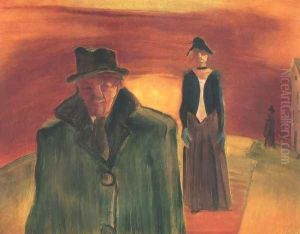Istvan Farkas Paintings
István Farkas was a prominent Hungarian painter known for his unique style that blended elements of Expressionism and Symbolism. Born on September 20, 1887, in Budapest, Hungary, he was the son of the owner of the famous Wolfner bookstore, which later became the Farkas bookstore. Farkas showed an interest in art at an early age and pursued his passion by studying painting in Hungary, followed by further training in Munich and Paris.
In Paris, he became acquainted with the contemporary art movements of the early 20th century, which significantly influenced his work. Farkas was associated with the Ecole de Paris, a group of artists living and working in Paris, including many emigres from Central and Eastern Europe. His early work was marked by a strong use of color and dynamic composition, with a tendency towards melancholic and introspective subjects.
During World War I, Farkas served in the Austro-Hungarian army, and the traumatic experiences of the war deeply affected him, influencing the themes and mood of his later artworks. After the war, he returned to Paris and continued to develop his artistic style, which gradually shifted towards a more contemplative and symbolic representation, often exploring themes of isolation, spirituality, and human existence.
Farkas's career was interrupted by the onset of World War II and the persecution of Jews in Hungary. As a Jew, Farkas faced increasing danger. Despite the opportunity to escape to England in 1944, he decided to stay in Hungary. Tragically, he was deported to Auschwitz concentration camp, where he died in the same year.
István Farkas left behind a rich body of work that has been exhibited posthumously in various galleries and museums. His paintings are characterized by their emotional depth, innovative use of color, and the haunting presence of existential solitude. Despite his tragic end, Farkas's legacy continues to be celebrated, and he is recognized as an important figure in Hungarian and European modern art.
